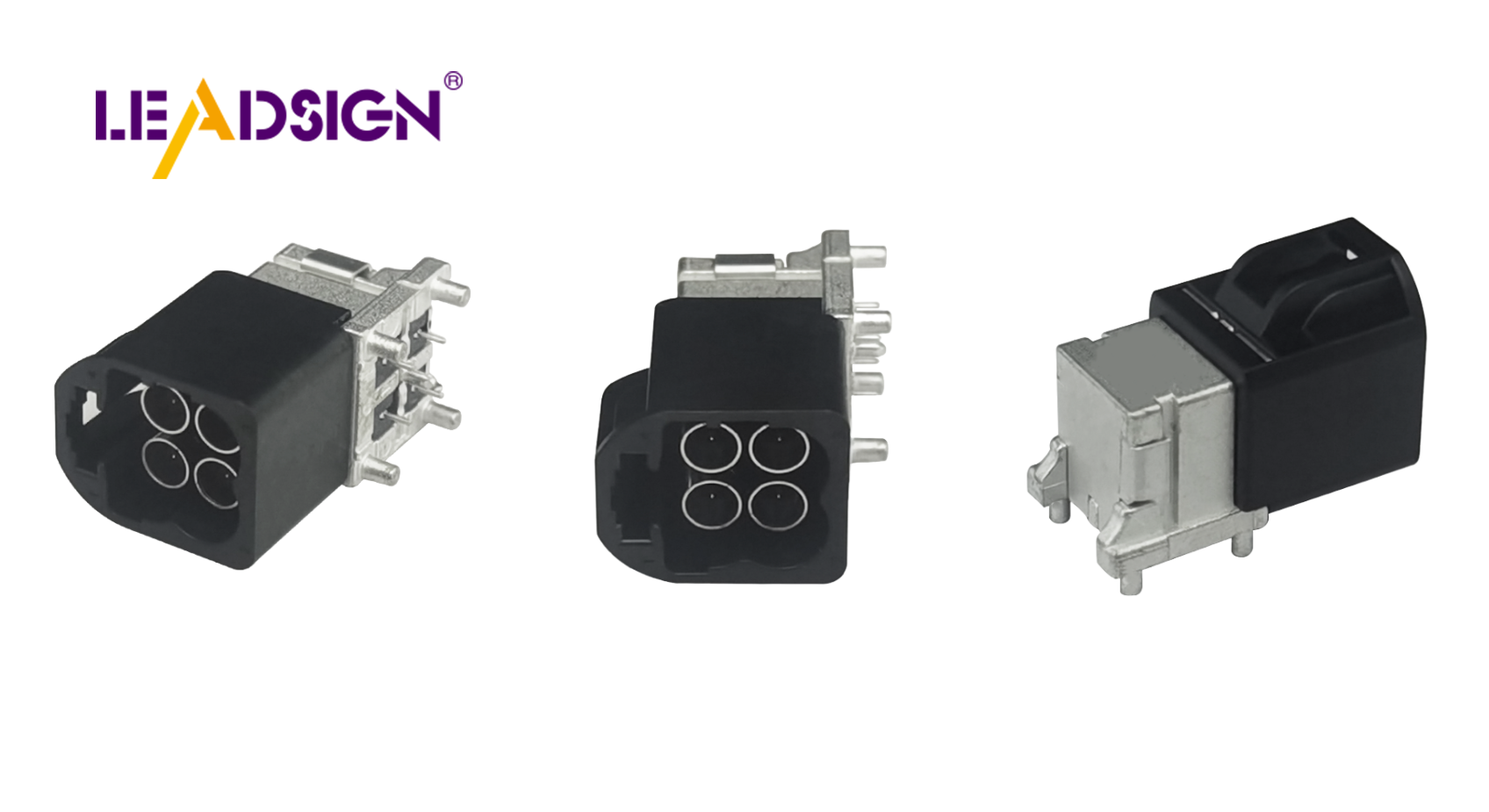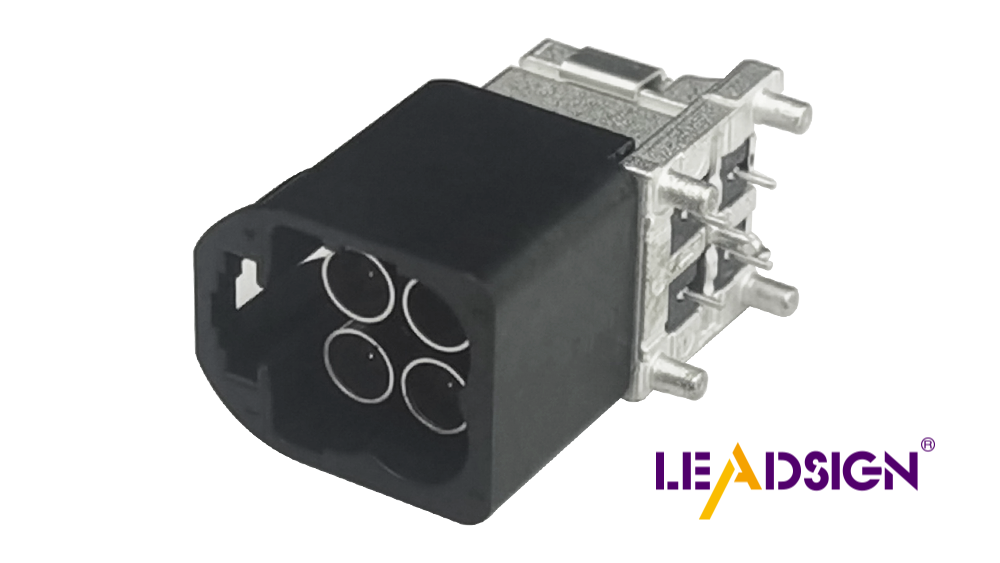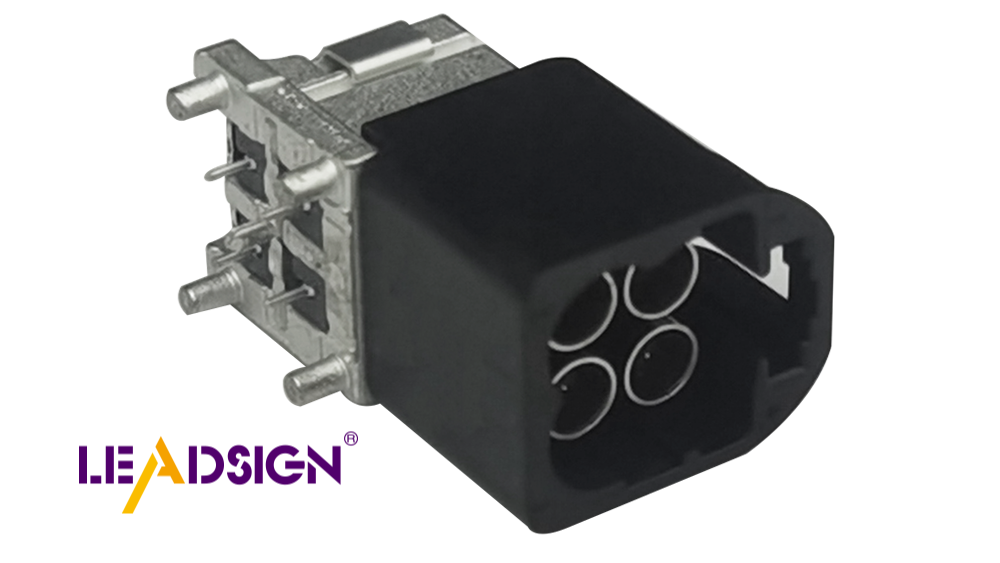Exploring Automotive Wire Connectors Types

Automotive wire connectors are crucial for your car's electrical systems, ensuring reliable connections for smooth operation. Over time, these connectors have evolved significantly. Today, there are various automotive wire connectors types, each designed to address specific needs and challenges. Understanding these types highlights their importance for your car's performance and safety.
Basics and Importance of Wire Connectors
Definition and Function
Role in Electrical Systems
Wire connectors are important for your car's electrical system. They help electricity move smoothly between parts. Without them, your car might have problems or stop working.
Benefits of Using Quality Connectors
Good wire connectors have many benefits. They make sure connections are strong, so there are fewer electrical problems. Good ones also stop heat or sparks that can cause damage over time. Picking the right connectors makes your car work better and safer.
Historical Evolution
Early Developments
Long ago, wire connectors were simple and needed twisting by hand to connect. This was hard work and not always safe. Later, new ones like Ideal In-Sure™ Push-In Wire Connectors came out, making it easier and safer without twisting.
Modern Innovations
Today’s wire connectors are much better. Push-in types give quick and small connections. You can see if wires are in right for a good connection. Even though early models had issues, they are now safer and more reliable. With many choices today, you can find the best connector for your car's needs, making it easy and safe to use.
Types of Automotive Wire Connectors

Knowing different automotive wire connectors is important for car electrical work. Each type has its own job and benefits. Let's look at some common types.
Crimp Connectors
Crimp connectors are popular because they are reliable and easy to use.
Features and Applications
Features:
Crimp connectors hold wires tight by squeezing them.
They come in many sizes for different wire thicknesses.
You can get them with or without insulation, depending on where you use them.
Applications:
Good for small spaces where soldering is hard.
Used in car audio, lights, and engine parts.
Pros and Cons
Pros:
Fast to put on if you have the right tools.
Make a strong connection that lasts.
Can handle shaking, which is great for cars.
Cons:
Need a special tool to attach correctly.
If done wrong, the connection might be weak.
Solder Connectors
Solder connectors make a lasting bond between wires.
Features and Applications
Features:
Use heat to melt solder, joining wires firmly.
Often have heat-shrink tubing for extra safety.
Applications:
Best when you need a strong, long-lasting link.
Good for places with lots of movement like engines.
Pros and Cons
Pros:
Create a strong bond that doesn't come apart easily.
Conduct electricity very well.
Cons:
Take more time and skill to attach.
Hard to remove or change once set up.
Quick Disconnects
Quick disconnects are made for easy use and speed.
Features and Applications
Features:
Let you connect or disconnect wires fast.
Come in many shapes and sizes.
Applications:
Used in car lights and gadgets often unplugged.
Pros and Cons
Pros: Easy to use without needing special tools. Great for quick fixes or changes.
Cons: Not as tight as crimp or solder connections. Might loosen over time if not checked.
Learning about these wire connectors helps pick the best one. Whether it's crimp's dependability, solder's permanence, or quick disconnect's ease, knowing their uses keeps your car safe.
Other Automotive Wire Connectors Types
Knowing different automotive wire connectors is important for car electrical work. Each type has its own job and benefits. Let's look at some more types of connectors you might see.
Pigtail Connectors
Pigtail connectors are used in cars to join wires. They have a short wire with a connector on one end, making it easy to attach to another wire or part.
Features:
Makes connecting easier with a ready-to-use wire.
Used when direct connections are hard to make.
Applications:
Good for adding new parts or fixing broken ones.
Often found in lights and extra car parts.
Terminal Blocks
Terminal blocks help connect many wires safely. They keep wiring neat and organized in cars.
Features:
Let you add or remove wires easily without messing up others.
Keep wiring clear and tidy.
Applications:
Used in fuse boxes and control panels.
Great for places where wiring changes often happen.
Bullet Connectors
Bullet connectors make quick connections simple. They look like bullets, so they are easy to spot and use.
Features:
Allow fast and easy connections.
Come in pairs, male and female, for strong links.
Applications:
Best for spots where wires need frequent changing.
Commonly used in speaker setups and audio gear.
By learning about these wire connectors, you can choose the right ones. Whether it's pigtail's ease, terminal block's orderliness, or bullet's speed, knowing their uses helps fix your car's electrical systems well.
Installation Techniques

Putting in automotive wire connectors right helps your car work well. Let's see what tools you need and steps to follow for success.
Tools Required
You need special tools to put in wire connectors. These make sure connections are safe and strong.
Essential Tools
Wire Strippers: Take off the plastic from wire ends.
Crimping Tool: Use this to attach crimp connectors tightly.
Soldering Iron: Melts solder to join wires together.
Heat Gun: Shrinks tubing for extra safety.
Optional Tools
Multimeter: Checks if the connection works right.
Cable Ties: Keep wires neat and stop tangling.
Wire Cutters: Cut wires to the needed length.
Step-by-Step Installation Guide
Follow these steps for good connector installation. Each step makes a safe, strong link.
Preparation
Identify Wires: Find which wires to connect.
Cut and Strip Wires: Cut wires short. Remove half an inch of plastic from ends.
Select Connector: Pick the right connector type.
Execution
Insert Wires into Connectors: Push wire ends into push-in connectors like Ideal In-Sure™ or use a crimp tool for crimp connectors.
Solder Connections: Heat soldering iron, add solder to join wires well.
Apply Heat-Shrink Tubing: Slide tubing over joint, shrink with heat gun for protection.
Testing and Verification
Check Connections: Use multimeter to test connection is good.
Inspect Security: Gently pull wires; they should stay tight.
Organize Wires: Use cable ties so wires stay tidy and still.
Doing these steps makes sure your wire connectors are set up right. This helps your car's electrical system last longer and work better.
Q&A: Common Issues and Maintenance
Frequently Asked Questions
Fixing Common Problems
Automotive wire connectors can have issues. Here are some common ones:
Loose Connections: If lights flicker, check for loose wires. Make sure wires are pushed in all the way. Push-in connectors like Ideal In-Sure™ help you see if they're connected right.
Corrosion: Moisture can cause rust over time. Look for rust or color changes on connectors. Clean with a wire brush and use sealant to stop more corrosion.
Overheating: Hot connectors might mean overloads or bad connections. Check if the wire size matches the connector's needs. Replace damaged ones to stop overheating.
Wire Breakage: Vibration can break wires. Check for damage and replace broken wires to keep them secure.
Maintenance Tips
Regular care keeps your wire connectors working well:
Routine Inspection: Check often for wear, rust, or damage to catch problems early.
Clean Connections: Keep them clean from dirt using a soft brush or air.
Secure Wiring: Use ties to keep wires neat and reduce movement.
Protective Measures: Use grease on connectors to guard against moisture and rust.
By fixing problems quickly and following these tips, your wire connectors will stay reliable and safe, improving your car's performance too.
Automotive wire connectors are important for your car's electrical system. There are different types, each with a special job. Crimp connectors are reliable, while solder ones last long. Picking the right connector helps your car work better and stay safe.
Testimonial: "I use these push-in connectors to wire houses quickly." - Anonymous User
Taking care of these connectors is crucial. Knowing their role and choosing wisely keeps your car's electrical system strong and efficient.
See Also
Discovering Advantages of Fakra Auto Connectors
Fundamentals of HSD Connectors in Auto Sector
Significance of Fakra Connectors in Auto Sector

